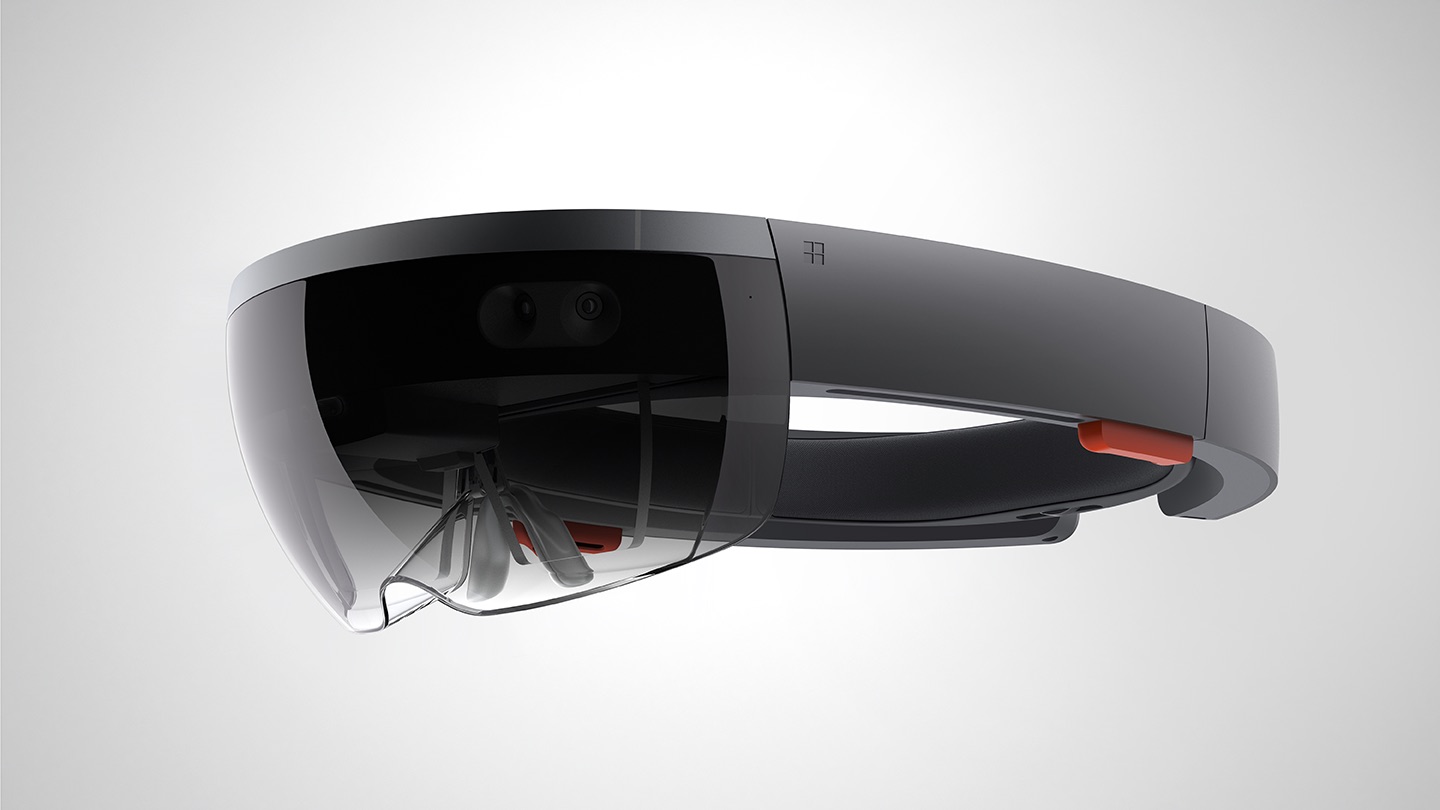
Air New Zealand has just launched a creepy new feature by asking “Is this the future of in-flight service?” and we sincerely hope the answer is “No!”. The Kiwi carrier has partnered with digital specialists Dimension Data and Microsoft on an Augmented Reality (AR) system for Cabin Crew.
The system uses Microsoft’s HoloLens platform – a self-contained, holographic computer that the user wears like glasses. It’s a little bit like the Google Glass but with even more processing power to allow users to interact with digital content and holograms.
Computing magazine, Techradar describes HoloLens as the “future of computing” but we’re just not quite sure if an aircraft cabin is the first place to put this new tech to use. Michelle Fitzsimmons from Techradar described the user experience as “like having a PC on my face.”
Air New Zealand hopes the new kit will be a huge benefit for their onboard crew by “aggregating and displaying key customer information”. So, for example, a Flight Attendant might be able to see a frequent flyer’s preferred meal and drinks choice just by looking at them. No need to refer to a clunky iPad, or perish the thought, asking the passenger.
The system will also show the passenger’s onward travel and loyalty membership details – So Flight Attendants can focus their attention on Gold members straight away. The HoloLens can even detect the emotion of a customer. Although we’d like to think Cabin Crew should be able to do that without the aid of a computer.
“This software is a great example of us collaborating with other partners and exploring how technology could enhance the way our people work as well as the experience they deliver to our customers through greater personalisation,” commented Air New Zealand’s Chief Digital Officer, Avi Golan.
In the future, the carrier hopes HoloLens will help cabin crew to move to a paperless in-flight system.
This isn’t the first time Air New Zealand has tried to improve the passenger experience with the latest tech. The carrier offers ‘auto bag drops’ at its airports in New Zealand and ‘face-to-passport recognition’ at check-in.

We also really like the ‘Airband’ – a wristband with tracking tech for unaccompanied minors. An embedded chip is scanned at key stages of the journey to trigger text notifications to up to five contacts – Perfect for soothing the nerves of worried parents. The Airband was named Innovation of the Year at the 2016 CAPA Asia Pacific Aviation Awards
It’s been a couple of years since an airline has experimented with augmented reality like this. Back in 2014, Virgin Atlantic tested Google Glass at London Heathrow. Although that trial was limited to ground-based concierge staff in its Upper Class wing. The trial came to an abrupt end in 2015 when Google pulled its Glass product.
At the time, Renaud Irminger, Director of SITA Lab, said of Google Glass: “We see much potential usage in the areas of operations, customer services, security and immigration in the air transport industry.” He continued: “They have huge potential for (a) professional workforce.”
Mateusz Maszczynski honed his skills as an international flight attendant at the most prominent airline in the Middle East and has been flying ever since... most recently for a well known European airline. Matt is passionate about the aviation industry and has become an expert in passenger experience and human-centric stories. Always keeping an ear close to the ground, Matt's industry insights, analysis and news coverage is frequently relied upon by some of the biggest names in journalism.







